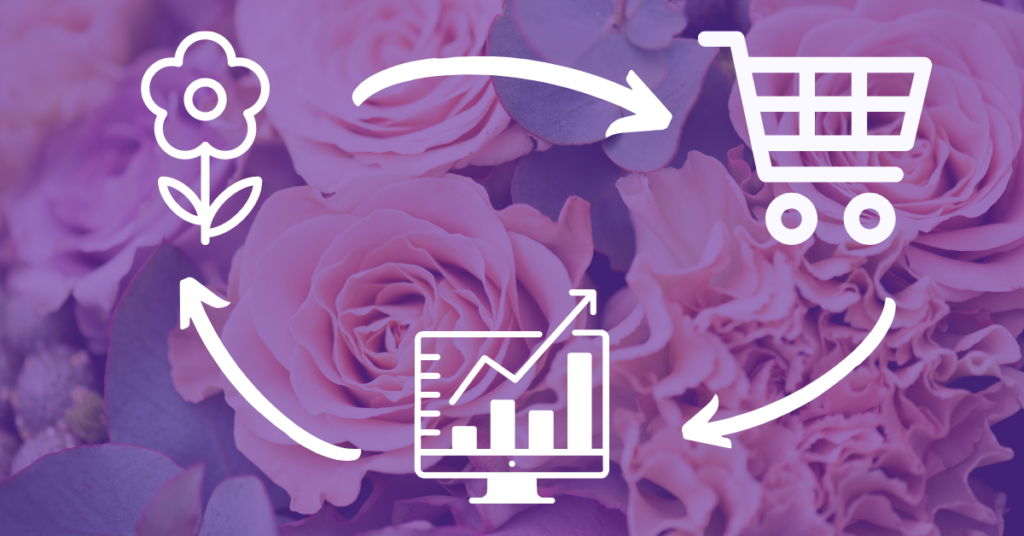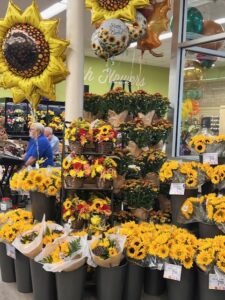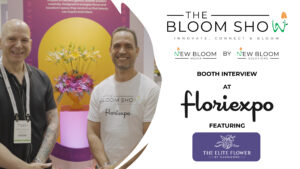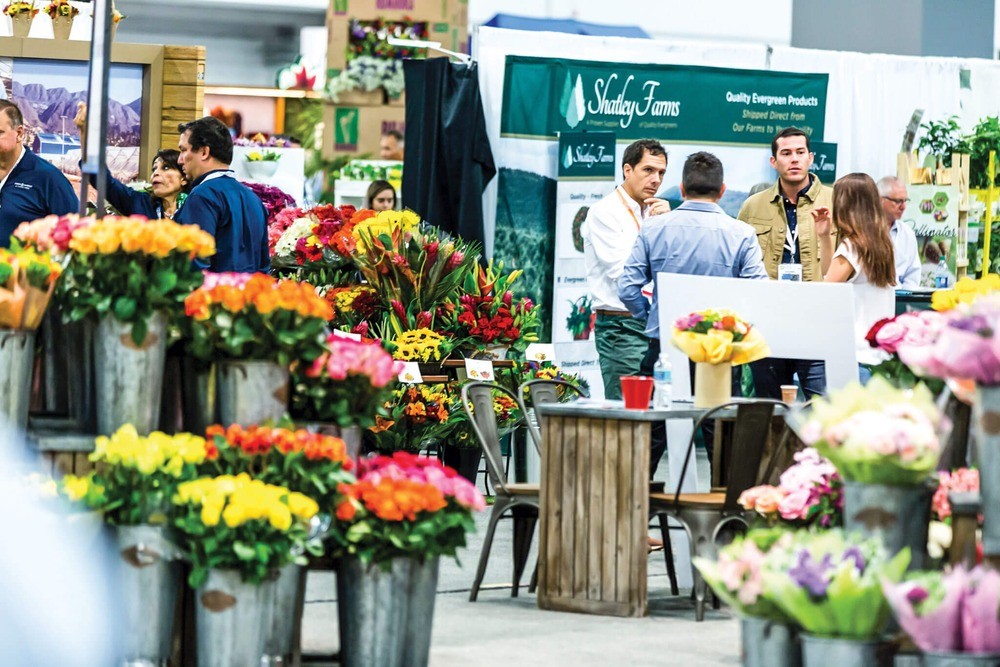Designed to address the needs of floral professionals in all facets of the industry, Floriexpo attracts floral buyers from some of the top grocery and supermarket chains in the United States. These high-volume buyers come to the event to find new products and innovations that will appeal to a wide range of customers in various markets. We’ve talked with many of them about how they specifically use Floriexpo as a place to check out new suppliers and address their goals of selling more flowers, with many looking to take the next step with placing an order at the show or immediately after.
However, these buyers sometimes find that suppliers are not actually ready to take that next step. Most potential suppliers have the actual product and genuine desire to do so but one word prevents them from getting their products into stores: logistics. Suppliers need to have systems, processes and capabilities in place that make sense to these buyers, all of which are distinct from the value of a floral product itself. Without these pieces, most large buyers cannot move forward with an order.
For larger stores and retail chains, there is no way to circumvent such systems and processes. Supply chain digitalization is widening the gap between suppliers and buyers in a way that is putting further importance on these systems and processes. That’s the reason most stores rely on systematic processes for all their new item decisions.
We talked with top Floriexpo Mass Market/Grocery Channel high-volume buyers (that make up the Floriexpo Key Buyer Program) to define the top four items that potential suppliers of all sizes and types need to understand. These insights will allow floral suppliers to more easily take the next step with one of these buyers to get their floral product into the aisles of some of the top grocery chains in the nation.
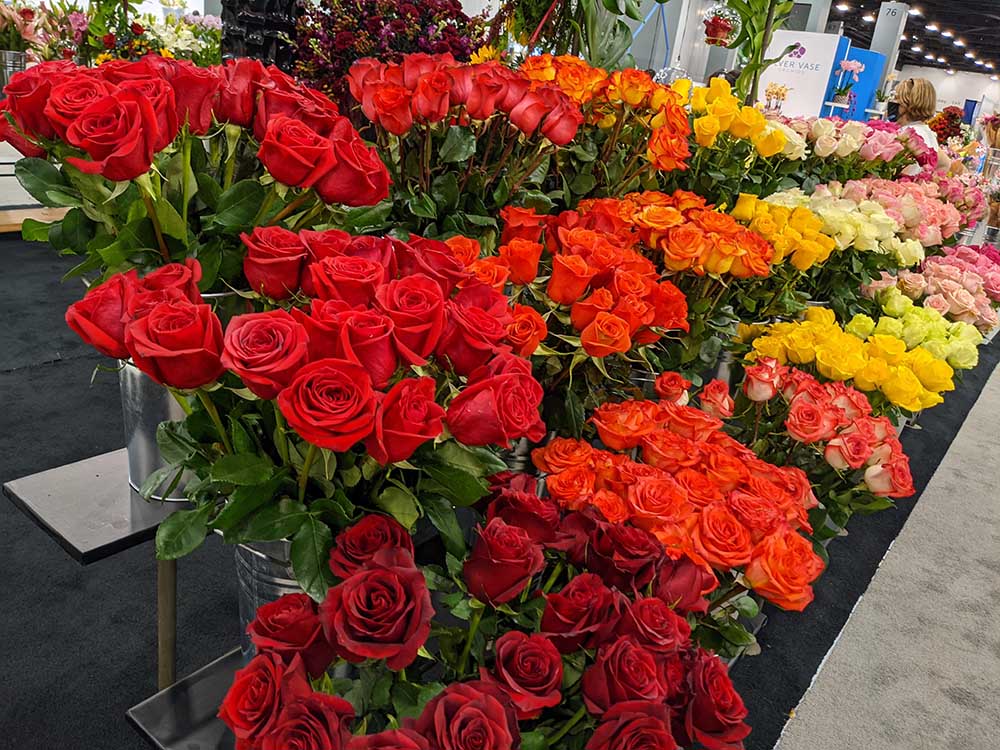
UPC Needs to be Foundational
Every large grocery store, and most smaller ones, require a UPC on every product they sell. It’s a foundational element to doing business in the floral industry. That baseline is a reality for suppliers but also for farms. Without UPC capacity, very few stores can even have a meaningful conversation with a potential new supplier regardless of what or how much they’re growing.
“We’re always on the lookout for new people and products but sometimes vendors don’t even have UPC capacity,” a Floriexpo high-volume buyer said. “The reality is that if you don’t have UPC capacity and you’re not registered with the government, you’re not going to get your product in any large store. We can’t go anywhere with anyone without the UPC.”
This foundational element of doing business in the floral industry is what every supplier should be ready to discuss with buyers, even if they’re just starting that process. Very small stores or those in a different type of business might not require UPC in the same manner but it’s essential for anyone interested in selling to the mass market.
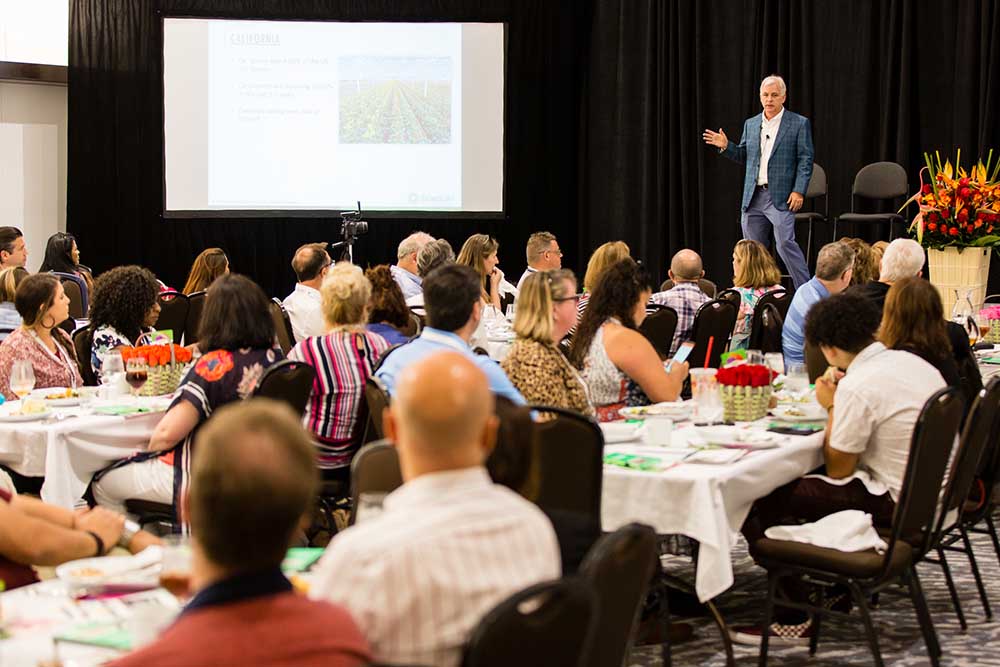
Invest in Industry Leading Software
Utilizing software that top buyers understand and are already utilizing for their buying needs is often an issue of investment. Top solutions require money and time that floral suppliers would typically prefer to put into the product itself. However, such investments should not be either/or for anyone that wants to do business with the top grocery and supermarket buyers.
“For people that grow, they think of their plants as their babies which means they’re almost solely focused on whatever they’re growing,” mentioned a Floriexpo high-volume buyer. “We understand that but it’s not just about the flower or plant. Capabilities related to billing, accounting, pricing and tagging for these products all have to be there. If someone is directly or indirectly asking us to sort out their own systems or have us fit into theirs then they’re out of the ballgame.”
Investment in industry leading software to have those answers sorted out for buyers can be significant but doing so speaks to the commitment that buyers are looking to see in new vendors. To do business in the floral industry, things need to be in place. Software needs to be top of the list as it opens up other capabilities that buyers are relying on.
The thought of paperless billing is a scary one for many suppliers seeking to establish or maintain a paper trail with their product but almost all of the systematic processes that stores now have in place are paperless. Certain stores can’t provide payment via other electronic funds transfer that are built into these solutions. Many stores are requiring their supplier to use EDI to standardize, track, and process transactions. Stores located in the United States are focused on what it means to get product from their warehouses out to their stores, not from an international destination to their warehouses. No matter how much a buyer might want to get something into their store, it can’t be on them to figure out how it literally gets there.
All of those details should define the type of conversation that a supplier has with floral buyers. They’re conversations that should be specific to what the buyer needs though.
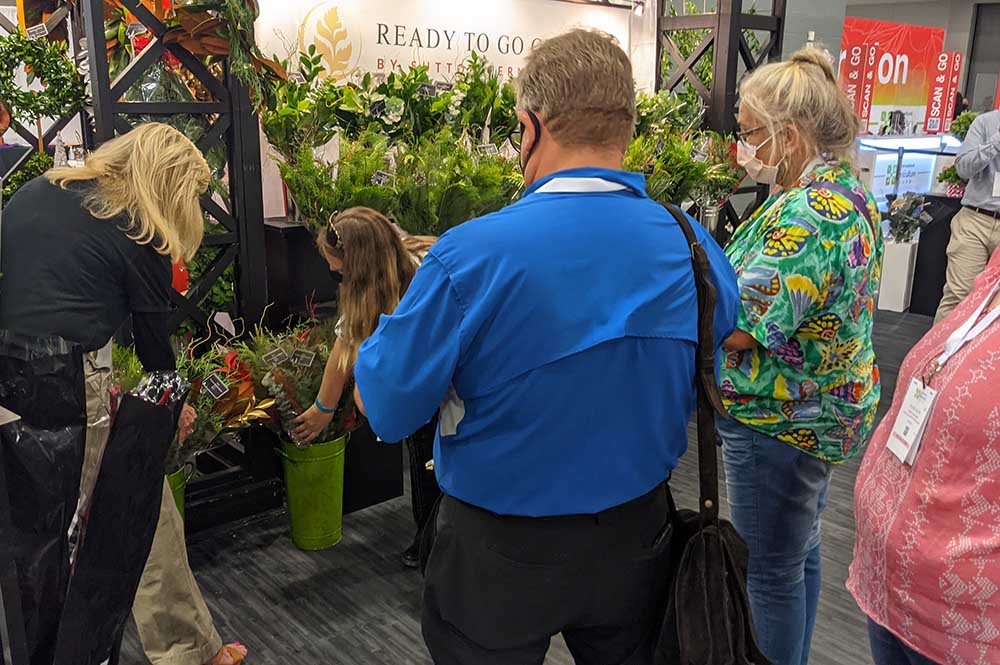
Have the Right Conversation
Credits, buybacks, allowances, and slotting fees are the sorts of things that vendors are typically responsible for, which means most high-volume floral buyers won’t entertain needs or questions about such details. A conversation about credit is almost entirely different from one related to getting a floral product into a store. For larger stores, if credit is something they’ll entertain, it’s a conversation that won’t be had with the floral buyer. Most buyers cannot even have a conversation about credit or provide guarantees.
“We typically don’t have the capacity or ability to deviate from our focus on new products,” a Floriexpo high-volume buyer told us. “Just like we don’t have the capacity to sort out invoicing for a new supplier, we don’t have the ability to talk credit with someone that needs to make that a requirement for any order.”
Suppliers that don’t have a baseline around their own logistics and want to talk about things like buybacks are not going to have a productive conversation with the bigger floral buyers that define Floriexpo. Buyers are there to discuss product and availability in a way that makes sense for their individual stores and systems.
Most buyers and organizations will specifically define what doing so needs to look like for new vendors but that process is a bit different from store to store. Anyone serious about doing business in the mass market should have a sense of what doing so will mean for specific stores before having an initial conversation with one of these buyers though.

Understand New Vendor Forms and Requirements
New vendor setup guidelines vary by company, but these materials are available. To get a better sense of these specifics, chains like Kroger allow suppliers to begin the qualification process in their vendor management system. Walmart has a supplier checklist to easily learn what information is needed. Regardless of what or how much they’re looking to provide, potential suppliers have to fill the paperwork out before they’ll even be considered as a vendor.
Those distinctions connect to the foundational elements of UPC and what sort of business a supplier actually wants to be in. High-volume buyers attend events like Floriexpo to find innovative products that they can get into their stores, which means they need to know if a supplier can work with their established vendor requirements. It makes anything else something that needs to be sorted out with someone else.
“There’s a supplier that wants to sell to us but they’re currently selling to old fashioned wholesale houses, where they don’t have to UPC everything,” one Floriexpo high-volume buyer revealed. “But they’ll never be able to make that switch if they don’t start UPCing their product. If you want to go from traditional wholesaling to mass market, you have to understand you’re going into a very different business that’s going to require bigger adjustments. And those adjustments have to be made long before you talk to me.”
That transition is one that certain suppliers tried to make in 2020 and 2021. During the pandemic, many companies that primarily supported restaurants and catering companies tried to shift that product into grocery stores but most of the time that didn’t work on either side. The product and need were there but the capability with established processes and systems to make those connections was not, which meant that in most cases, product was lost and needs were not met.
New supplier questions and needs in these new vendor forms vary, but all are looking to establish a baseline with potential new vendors. Examples of questions and topics from these forms include:
- What are the product dimensions?
- Which countries are your export business offices located?
- Which countries are your factories located?
- Certificate of Insurance
- Vendor Pack and Inner Pack Details
- Do you have warehousing facilities in the retail markets you work with?
- Tax ID
However cumbersome the process, the desire to make it work for everyone is genuine. Companies like Albertsons call out how they are committed to bringing in new products to help people across the country live better lives by making a meaningful difference, neighborhood by neighborhood. Others like Target are specifically focused on partnering with even more diverse suppliers to bring their guests the most relevant products.
Actually getting into some of the bigger stores and selling to the mass market can be a difficult proposition. The systematic processes that most stores use can be impersonal but they are the only means that new vendors can enter these ecosystems. Understanding this makes it easier for high-volume floral buyers to bring new suppliers into their universe, which is ultimately what they want to do. Meeting these buyers halfway (or more) with the logistics around doing so can be the difference between a product ending up in a store or not.
